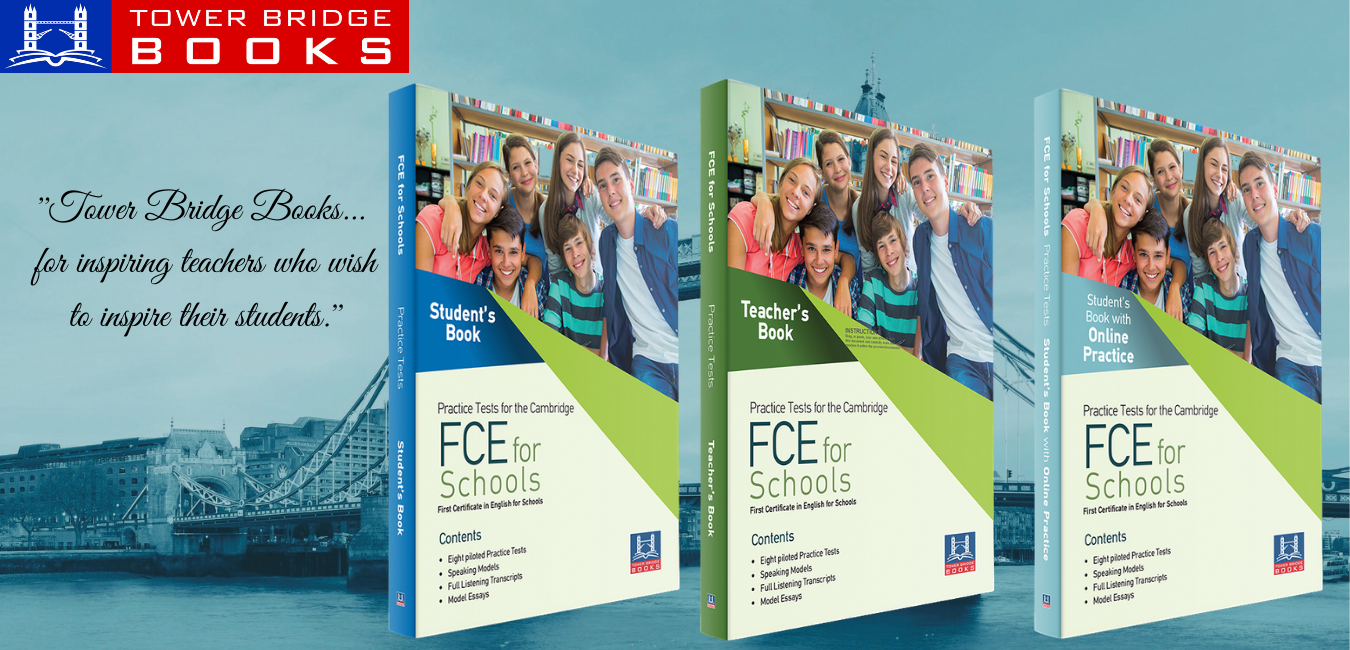Teachers can rebuild connections and create an educational environment in which they support students and each other.
Now that the previously unimaginable school year has finally ended, let’s all take time to recharge our batteries before turning our attention to transitioning into the new school year—remembering all that we’ve learned while honoring the loss, the pain, and the grief that so many people and communities have experienced due to the Covid-19 pandemic: the loss of family members and missing important milestones and activities.
The disproportionate impact of the pandemic has highlighted the presence of bias in education. Increasingly, educators (myself included) are recognizing that we are part of an institution that has created disadvantages for many students. We see the need to shift our practices so that we can more effectively push back on educational inequity and embrace a model of education that elevates all of our students.
For high school counselor Lourdes, a restorative approach that is trauma-informed and healing-centered needs to be part of this transition: “This year, I’ve seen our staff really recognize grief and the way that it is experienced.… We had to think as a community very creatively about how to connect with young people (and each other).... If we’re really to become this place of growth, empathy, and compassion, we need to center our students in a more holistic way that goes beyond academics.”
TAKE A HEALING-CENTERED APPROACH
A restorative approach that is trauma-informed and healing-centered is a key part of this transition and requires care and sensitivity. The past year has made the need for this shift ever clearer, as the pandemic made the marginalization that Black, Brown, poor, and special needs students experience even more pronounced.
A restorative, healing-centered approach meets a foundational need we all share—adults and young people alike—to experience connection and a sense of belonging. This is essential for students to be able to learn to the best of their ability and for us to teach to the best of our ability. Together, we can make the effort to create an environment that supports collective well-being.
In my experience training and coaching educators in this approach, the first weeks of school are critical.
MAKE TIME AT THE START OF THE SCHOOL YEAR TO (RE)BUILD CONNECTIONS
Get to know your colleagues and students: In addition to name games and getting-to-know-you activities early in the year, invite students to share stories of their name. You can learn a lot about each other and begin making deeper connections if you ask about names.
Acknowledge and greet each other: Make sure everyone feels seen by welcoming and affirming students as they enter your classroom. Your first interaction of the day (and year!) can set the stage in important ways.
Humanize each other beyond school roles: Ask your students about their values, interests, passions, and lives beyond school. Get a sense of who they are by having them share their favorite songs, activities, superheroes, and/or superpowers. What gifts do they bring? As you get to know each other, make sure to reflect on what it means to be and work in a community.
Build a classroom that is grounded in collective values: On an index card, have each student write down a value (caring, loyalty, support, etc.) that is important to them as they think about their family, community, and friendships. Ask them to explain why this value has meaning for them.
Create community guidelines collaboratively: On the other side of that index card, invite students to write practice or guideline that would help honor the value that they identified. Share, discuss, and then decide on a set of class guidelines for the year. Record these guidelines and keep them posted. They are a work in progress that you can revisit as the class community grows and deepens.
Make time for check-ins: Check-ins are a great way to connect on a regular basis and keep a finger on the pulse of what’s going on with your students (and colleagues) at school and beyond.
Listen to one another—and make sure everyone is heard: The act of listening has healing qualities that can help us process hard times and realize we’re not alone.

CONSIDER CEREMONY AND RITUAL TO COMMEMORATE THE PREVIOUS YEAR
Reflect on the losses and challenges of the past year: Make space for individual and collective grieving. Journaling, writing letters, writing poems, composing music, and creating collages can be helpful activities for students to process what they’ve been through as they reflect on their Covid-19 year.
Create a memorial: Invite students to bring in meaningful images and items from home or jot down important names, words, quotes, and illustrations to contribute to a community memorial or pandemic gallery. These items can also serve to express what students have learned, changes they’ve made, or what they wish to keep to guide them and help them to stay grounded.
Pause. Have a moment of silence. Connect: Allow space and time to sit with the year that was. The mounting urgency to catch up can wait a few more days (or weeks). This can be done as part of a larger dedication ceremony that brings the community together to reflect and pay homage. Students can also share their personal stories and experiences in smaller groups.
Remember that self-and community care is important for well-being, preservation, and resilience, not just during the Covid-19 pandemic. Ask students to also think about what they look forward to. What do they wish to build or embrace, and where do they find joy?
A focus on wellness is essential as we look to next year and beyond. Thomas, a K–12 principal, says that he’d “like to nudge people away from individual concepts of wellness to more collective understanding” as we continue to address inequity in our schools in more systemic ways.
By Marieke van Woerkom